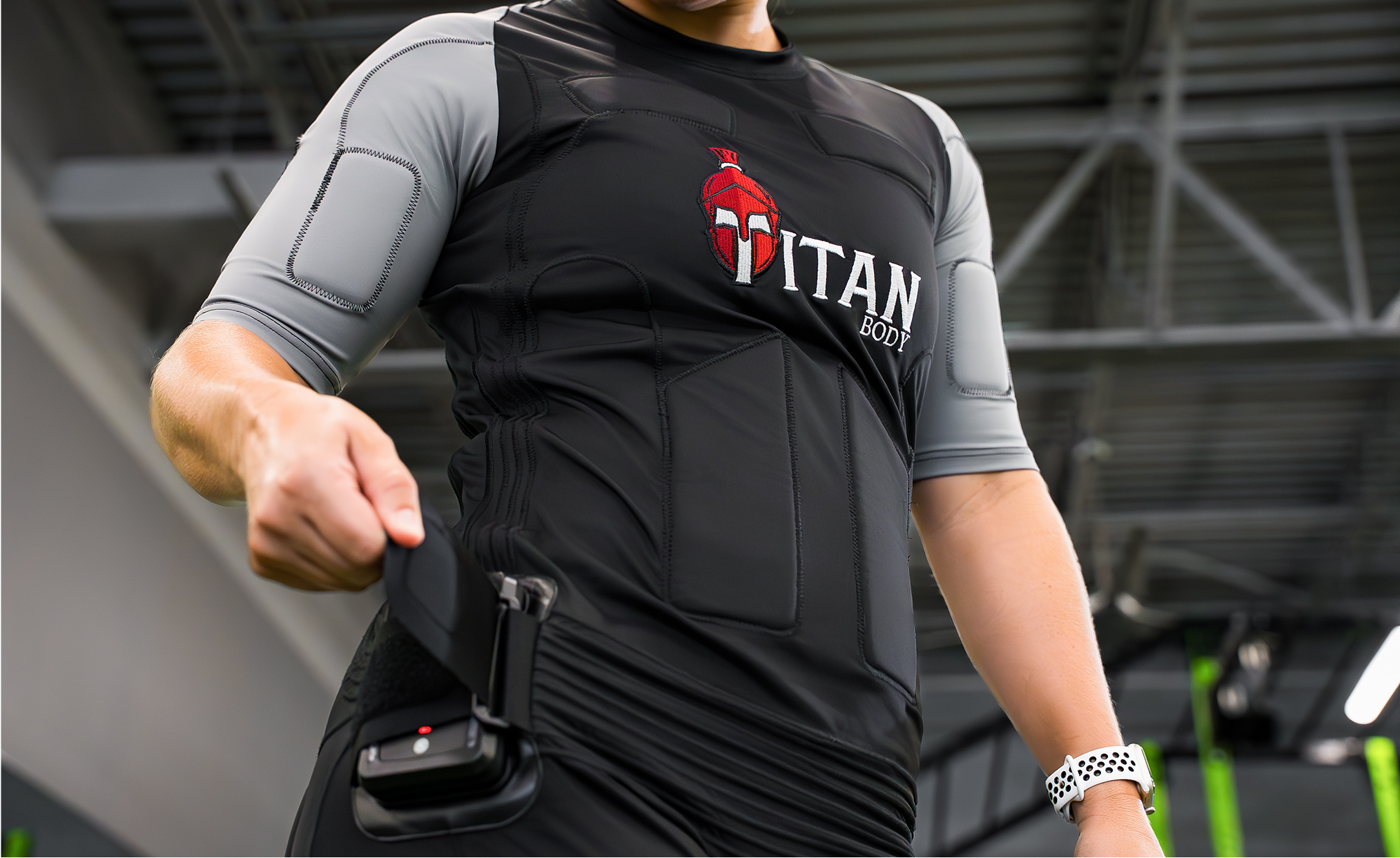Electrical Muscle Stimulation, or EMS, is one of those tools that can sound almost too good to be true. The idea of receiving the benefits of 3-4 hours of intense training in as little as 20 minutes sounds like something only achievable in sci-fi movies, but the benefits are very real. EMS can enhance workouts, support recovery, and give your training a unique edge.
So, what’s the catch? If you want EMS to work for you, you need to use it properly as it is described in the user manual. At-home devices are more accessible than ever, and with that comes the responsibility to stay safe, make smart choices, and avoid the common mistakes that trip people up.
Who Should And Shouldn't Use EMS
EMS is designed for people who are already pursuing a healthy, active lifestyle and want to supplement it. It is popular with athletes looking to activate muscles more efficiently, wellness seekers wanting better recovery, and busy professionals who need smart, time-efficient tools to support their health goals.
That said, EMS is not for everyone. If you have a pacemaker, implanted device, epilepsy, seizure disorders, or if you are pregnant, EMS is not safe to use unless specifically cleared by a doctor. And if you are dealing with any medical condition or injury, always check with your healthcare provider before trying EMS. Think of EMS as an add-on for healthy, active adults who want to sharpen their performance or recovery. It is not a medical fix, and it is not a shortcut.
How to Use EMS Safely
When you are new to EMS, the smartest thing you can do is start low and progress slowly. Begin with the lowest intensity settings, get used to how the stimulation feels, and then gradually dial it up as your body adapts.
Follow the guidelines that come with your device. Session times, pad placement, and intensity ranges vary from one device to another, and ignoring those instructions can cut your results short or even set you back.
The other key to safe use is moderation. EMS is most effective when it is part of a consistent routine, not when it is overdone. Just like training, quality and consistency win over quantity. Short, focused sessions a few times a week will deliver better results than trying to stack on marathon sessions.
Common Mistakes to Avoid
The benefits of EMS are real, but the pitfalls are just as real if you use it the wrong way.
One of the biggest mistakes is trying to use EMS as a replacement for exercise. It does not raise your heart rate, build conditioning, or improve overall strength in the same way training does. Think of it as a support tool, not your main event.
Another mistake is blasting the intensity too high, too fast. Just because a muscle is contracting harder does not mean you are getting more out of it. Cranking it up too far can lead to soreness, discomfort, or even strain. Strong, controlled contractions are the sweet spot.
Electrode placement is another detail that matters. Pads that are off-center or in the wrong spot will make your session less effective and more uncomfortable. Most devices include placement diagrams, and it is worth the extra 30 seconds to get it right.

Not All EMS Brands Are Created Equal
Not every EMS unit on the market deserves your trust. The device you choose makes all the difference between an effective tool and wasted money. Start by looking to see if the brand has certain important certifications. Look for brands like TitanBody that have received FDA clearance in the United States or CE marking in Europe. These are signs the device has been tested for safety and quality.
Next, consider the brand itself. Established companies with strong reputations in the fitness or medical space tend to produce better, safer devices. Read reviews, check ratings, and lean toward the names that come up consistently among athletes, trainers, and physical therapists. Avoid brands that have a reputation for unsatisfactory customer service, inability to fulfill orders in a timely fashion, or brands that make lofty promises they cannot live up to.
Finally, look at the features. Adjustable programs, user-friendly controls, and comfortable electrode pads are all signs of a device built with the user in mind. The more control you have over intensity and settings, the better you can tailor your EMS sessions to your goals.
Train Safe. Train Smart.
EMS is a powerful addition to a smart training or recovery plan. For the right users, it can help muscles fire more efficiently, speed up recovery, and keep your routine fresh and effective. But it is not a toy, and it is not a magic fix.
When you start slow, follow the rules, avoid common mistakes, and choose a device you can trust, EMS can be one of the most effective tools in your fitness toolkit. Treat it as an ally, not a shortcut, and it will reward you with stronger performance and better recovery.
Frequently Asked Questions
What is TitanBody?
TitanBody is a wearable EMS (Electrical Muscle Stimulation) fitness system that activates your muscles through electrical impulses while you train. It includes a full-body suit, app integration, and optional accessories to elevate your fitness experience.
Is TitanBody safe to use?
Yes! TitanBody uses FDA-registered EMS technology that’s safe, non-invasive, and trusted by physiotherapists, athletes, and trainers worldwide.
Who can use TitanBody?
TitanBody is designed for adults of all fitness levels. It’s ideal for athletes, busy professionals, beginners, and anyone looking for smarter, time-efficient workouts.
How long does a Titan workout take?
A typical EMS session with TitanBody lasts 20 minutes and delivers results equivalent to a 90-minute traditional workout.














